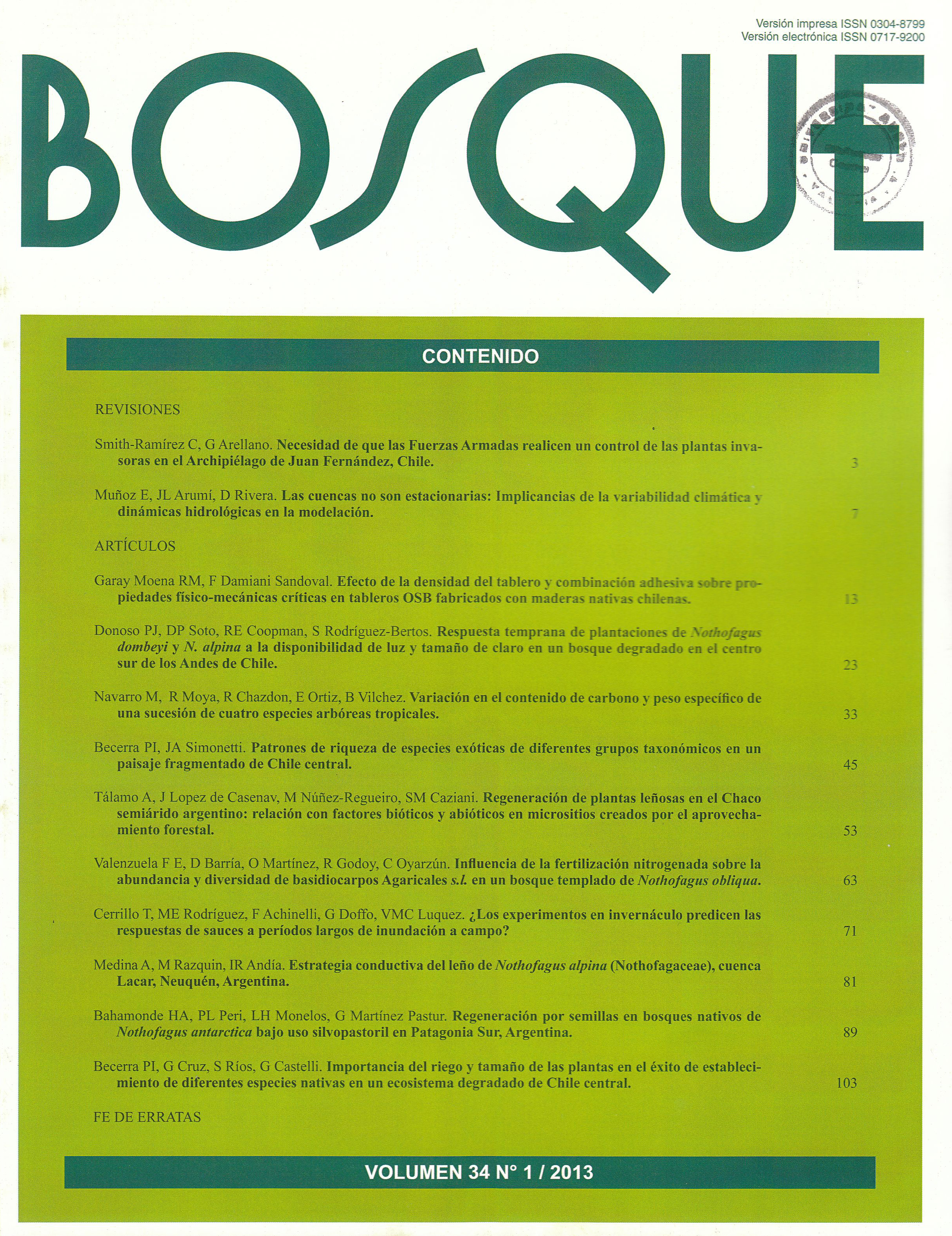Main Article Content
May 30, 2017
Abstract
Demands on the world's freshwater continue to grow as the global population increases, demanding more efficiency in water resources planning and management. Therefore, better confidence and accurate hydrological predictions are needed. Traditionally, many (even most) data-driven hydrological models and hydraulic designs have considered the hydrological behavior of a basin as steady, representing the basin and its hydro-climatic relationships as stable and as long term time-invariant. But currently, a new approach based on hydrologic dynamics where watershed response changes, caused by changes in natural and anthropogenic forcings, are viewed as more adequate and representative of the real hydrological system. This paper discusses the implications of these approaches for modeling and process representation. Finally it is suggested that incorporating the influence of climate change and natural variability into hydrology must be viewed as a priority for water resource planners.


